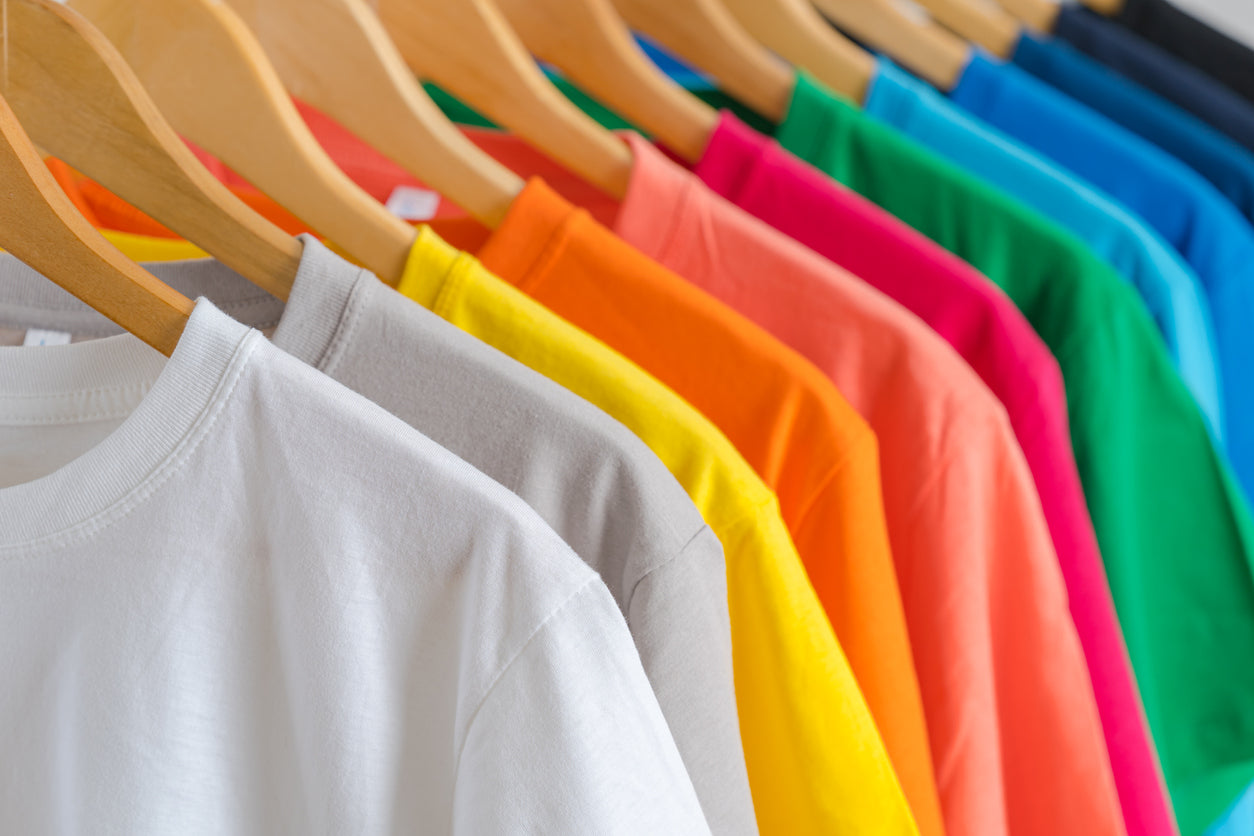DTG stands for direct to garment printers, which means they can print directly on fabric. This is incredibly convenient for creating apparel with detailed, complex designs in a variety of colors. DTG printing works on all different types of garments from shirts to hats and everything in between.
But keep in mind that the fabric used for DTG printing matters. Some fabrics provide better results than others. If you’re planning to create some printed apparel, here are the best fabrics for DTG printers.
Best Fabrics for DTG Printers
Natural fabrics. Made of natural fibers from plants or animals, natural fabrics are the best for DTG printing. DTG ink is water based and natural fibers absorb water, allowing the design to adhere more easily to the fabric. Cotton. Grows from cotton plants and is woven into yarn and refined to be made into clothing. Linen. Made from the flax plant, linen is highly absorbent. It easily takes on printed designs, but may not be the best choice for casual clothing because it wrinkles easily. Hemp. Derived from the cannabis plant, this material is both antimicrobial and UV resistant. It provides a good canvas for DTG printing and is eco friendly. Bamboo. When bamboo fibers are refined it creates a soft fabric that feels like silk. It is also an eco-friendly material.
Synthetic fabrics. Synthetic fabrics are man-made textiles. Most synthetic fabrics repel moisture rather than absorb it, which means they are not ideal for DTG printing. It is still possible to print on these fabrics, but the results may not be quite as clear. Polyester. This is the best of the synthetic fabrics for DTG printing. It is possible to get a detailed image in a range of colors to print relatively well on polyester. Nylon. While nylon is soft and stretchy, it is not as easy to print on. Lycra. Similar to nylon, results vary when it comes to DTG printing.
Blended fabrics. Blended fabrics are a good compromise between natural and synthetic fabrics. When there is enough natural fibers blended in, it allows the ink to be properly absorbed for an accurate, detailed print. Cotton/Polyester. One of the most common blends of natural and synthetic fabric is polyester and cotton. Referred to as cotton/poly blend, this material works well for DTG printing. Cotton/Lycra. Similar, but not quite as good for DTG printing, cotton/lycra blend allows for greater stretchability than cotton/poly blend. Other blended fabrics. Anytime a synthetic fabric is blended with a high enough thread count of a natural fabric, you can expect decent DTG printing results.
Best DTG Printers for Multi-Fabric Use
When you print on a variety of apparel, you can’t always use 100% cotton, which is why you need a quality printer that works with most types of fabric. Here are some of the best DTG printers for multi-fabric use.
DTGTEX X5. The abilities of this printer meet in the middle between screen printing and DTG, which is why it works for a variety of fabrics. Sertec Eagle. This series of printers works well with fabrics of different thicknesses, making it possible to use a variety of materials. Aeoon. The Aeoon printer series eliminates the need to pretreat white garments, no matter what type of fabric.
All Printheads Supplies a Wide Range of DTG Printers
Now that you know the best fabrics for DTG printers, if you’re looking for a printer that can handle complex designs on a variety of fabrics, the DTG printers listed above can be found at All Printheads. We stock a range of models with a variety of features to meet your printing needs. Whatever your garment creating goals, we have the equipment you need to reach them.
Contact All Printheads for more information about our products or to place an order.

